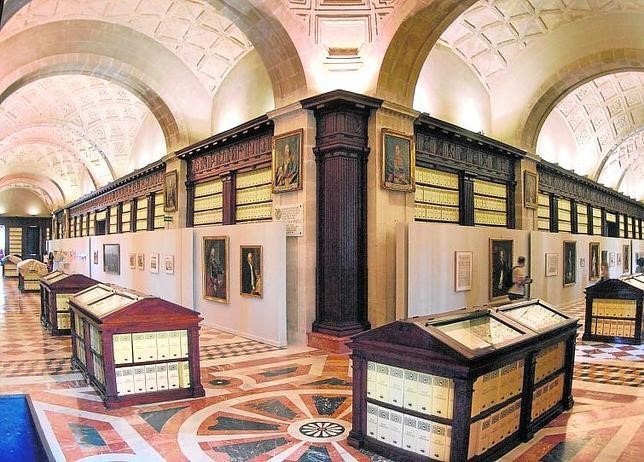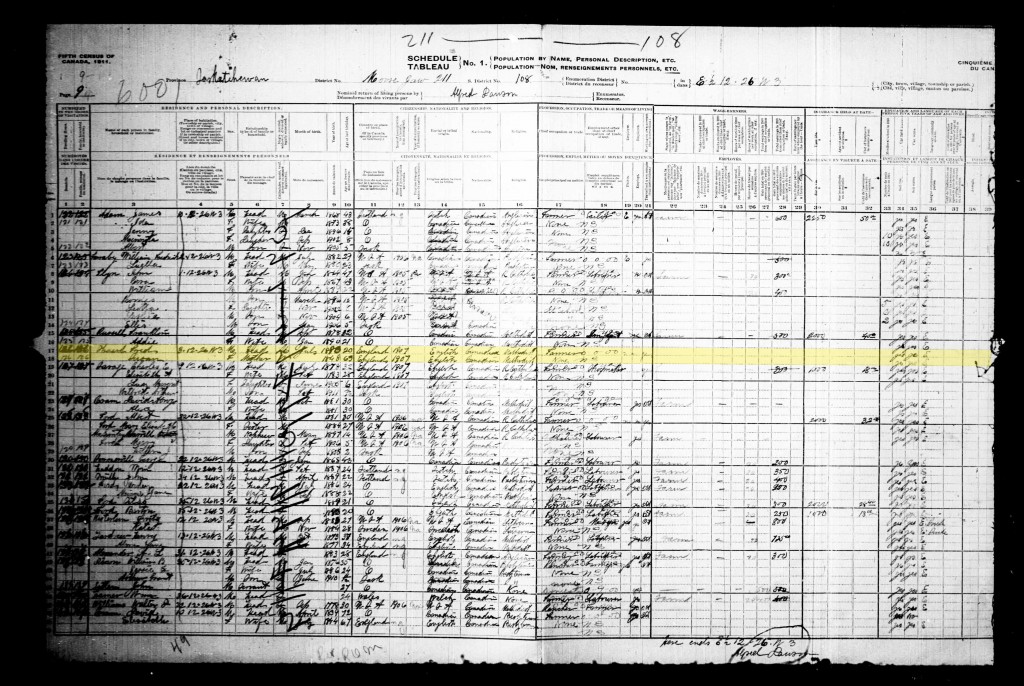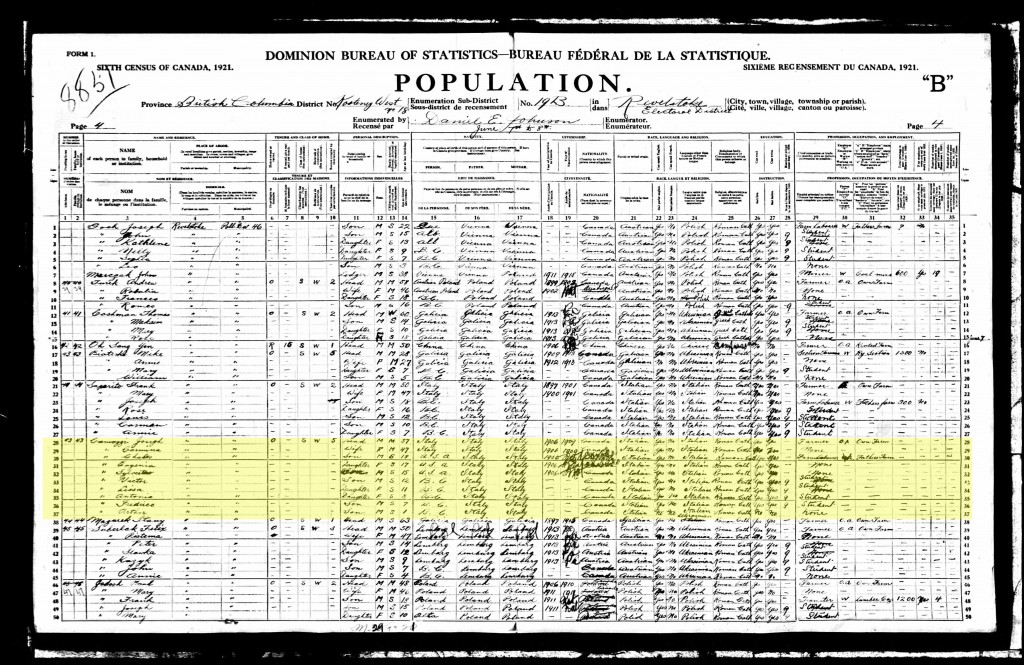Spanish Censuses
Genealogists searching ancestors in Spain have in the various Spanish census records a very rich source of information as many censuses have been carried in the Spanish territory since early times.
Outline on Spanish censuses of genealogical value.
Even if at the very beginning the purpose of the censuses were not to count people but to determine whose persons could be charged with taxes, Spanish censuses are a goldmine for genealogical information.
For practical purposes, Spanish censuses can be divided into 2 stages: censuses carried between the early 16th. century and up to the first half of the 18th. century, and censuses carried from the second half of the 18th. century on.
- Censuses belonging to the first stage, have very particular characteristics:
-as mentioned earlier, were carried not to learn about the population in general, but to know which people was able to pay taxes
-therefore, such censuses were not addressed to the population in general but just to those people called in Spanish “vecinos pecheros” that were specifically people from which taxes could be collected
-the information was not collected directly from the censed people but from the local authorities who were in charge of giving information about the neighbors.
-the most famous one was carried in 1753 and is known as “Cadaster from Marquis de Ensenada”. FamilySearch is at present joining efforts with Spanish authorities so as to turn into digital images the microfilms of this census. Some of these images are already available on line at FamilySearch site.
See: https://familysearch.org/wiki/en/Spain,_Catastro_de_Ensenada_(FamilySearch_Historical_Records)
- Censuses carried from the second half of the 18th. century on, were addressed to all the population. The unit of interest is therefore the person, and questions are addressed to the people directly. Some of these censuses are available on line through FamilySearch and other public and private databases.
Spanish censuses from the first half of the 19th century.
The war of independence (1808-1812) stopped the census activity. However we should mention the existence of counts of the population from not so reliable sources, known as police census. For example, in 1826 police gave an account of population by province according to which Spain had about 13 million inhabitants (excluding the Canary Islands).
From the second half of the 19th century begins a period of systematization and improvement in the technique of data collection. Institutional censuses started with the creation of the Board of Statistics in 1856. The Geographical Institute, was created in 1870 and 1873 assumed the tasks of the Board of Statistics being therefore renamed as Geographic and Statistical Institute.
From the censuses carried during the second half of the 19th century it is important to mention the 1860 census, as in this occasion noteworthy are the preliminary work to get the census frame (the list of all homes that had to be visited) to be the most up-to-date possible, so the list of populations was updated, municipal boundaries were asserted, and streets were labelled and numbered. This time all the population was measured, (which means that it was necessary to include sailors onboard, troops destined overseas etc.).
Is it hard to check Spanish census records?
In fact, and even if there is a lot of material, the answer to this question is yes. And the reason is that so far only a small amount of records have been digitized and are available online. Digitalizing census records is a slow, complex, and expensive process, but it is essential to improve the conservation, management and dissemination of documents.
Another problem is that most census records are not national but municipal, and therefore, are not grouped in a single database.
What is the solution and why?
Happily, digitized records are growing at an ever increasing rate, and thus, what is not available right now might become available on line in a few monthes. LDS is one of the institutions carrying out these digitalizations.
In what has to do with the colonial period in the Americas, Spanish archives are also rich in material. These collections include censuses taken at the Spanish colonies. As this treasure has been mined for decades, excellent guides, indexes, and inventories have already been prepared. Description of these archives and their collections, including virtual visits, can be found at http://www.cultura.mecd.es/archivos/ while computerized access to these collections is available at http://www.aer.es. The Archivo General de Indias, located in Seville, followed by the Archivo General de Simancas, located in Valladolid, and the Archivo General de Segovia, located in Segovia, are the most important, both in quality and quantity of their collections relating to the Spanish colonial period, but literally hundreds of other libraries and archives in Spain have collections with materials relating to the Americas.
Image of the Archivo General de Indias in Seville, Spain. Photo courtesy of: http://www.abc.es/cultura/20130309/abci-archivos-201303082044.html This is the only archive so far declared World Heritage by the UNESCO.
Sources:
http://www.ine.es/explica/explica_historia_censos.htm
https://familysearch.org/wiki/en/Spain,_Catastro_de_Ensenada_(FamilySearch_Historical_Records)
https://www.ancestry.com/wiki/index.php?title=Locating_Colonial_Records_of_Genealogical_Value
By, Carmen Vazquez Sibils








